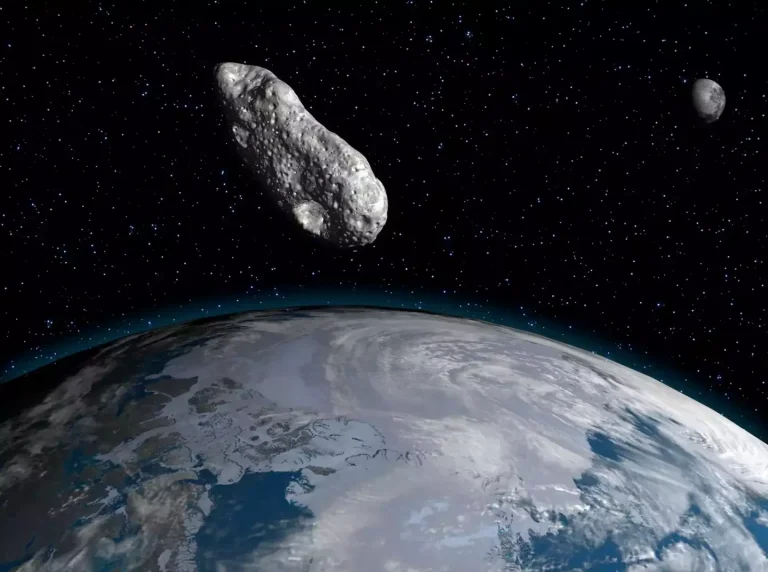God Of Chaos Asteroid Hitting Earth: Everything To Know

The “God of Chaos” asteroid, officially known as 99942 Apophis, has captured the attention of scientists and the public alike due to its potential close encounter with Earth. Named after the Egyptian god of chaos and destruction. Apophis is a massive space rock that has sparked both fascination and concern. Here’s everything you need to know about this intriguing asteroid and its potential impact on our planet.
What is Apophis?
Apophis is a peanut-shaped asteroid measuring approximately 340 meters (about 1,115 feet) in diameter1. Discovered in 2004, it quickly gained notoriety due to initial calculations. That suggested a significant chance of it colliding with Earth in 2029. Although subsequent observations have ruled out an impact in 2029, Apophis will still pass remarkably close to our planet, within an estimated 32,000 kilometers (about 20,000 miles) of Earth’s surface12.
Close Encounter in 2029
On April 13, 2029, Apophis will make its closest approach to Earth. This event is significant because the asteroid will come closer to us than some of our geostationary satellites, which orbit at about 36,000 kilometers (22,236 miles) above the Earth12. During this flyby, Apophis will be visible to the naked eye in the Eastern Hemisphere, appearing as a bright point of light moving rapidly across the sky2.

Potential Impact Risks
While the 2029 flyby poses no immediate threat, scientists have been closely monitoring Apophis to understand its future trajectory. However, current estimates suggest that the probability of Apophis hitting Earth in the foreseeable future is extremely low12.
NASA’s Mission to Apophis
NASA has taken a proactive approach to studying Apophis. The OSIRIS-REx spacecraft, which successfully returned a sample from asteroid Bennu, has been repurposed for a new mission to Apophis. Renamed OSIRIS-APEX (Apophis Explorer), the spacecraft will observe Apophis during its 2029 flyby, providing valuable data on the asteroid’s composition, structure, and trajectory23.

Scientific Significance
The close approach of Apophis offers a unique opportunity for scientists to study an asteroid up close. Understanding the physical and chemical properties of Apophis can provide insights into the formation and evolution of our solar system. Additionally, studying Apophis can help improve our planetary defense strategies by enhancing our ability to predict and mitigate potential asteroid impacts23.
Public Interest and Media Coverage
The “God of Chaos” asteroid has garnered significant media attention. Due to its dramatic name and the potential risks it poses. Public interest in space and planetary defense has grown, with many people curious about the measures being taken to protect Earth from potential asteroid impacts. The 2029 flyby of Apophis is expected to be a major event, drawing the attention of both scientists and the general public12.
While the “God of Chaos” asteroid Apophis will not hit Earth during its 2029 flyby. Its close approach serves as a reminder of the importance of monitoring near-Earth objects. NASA’s mission to study Apophis will provide valuable data. That can enhance our understanding of asteroids and improve our ability to protect our planet.


